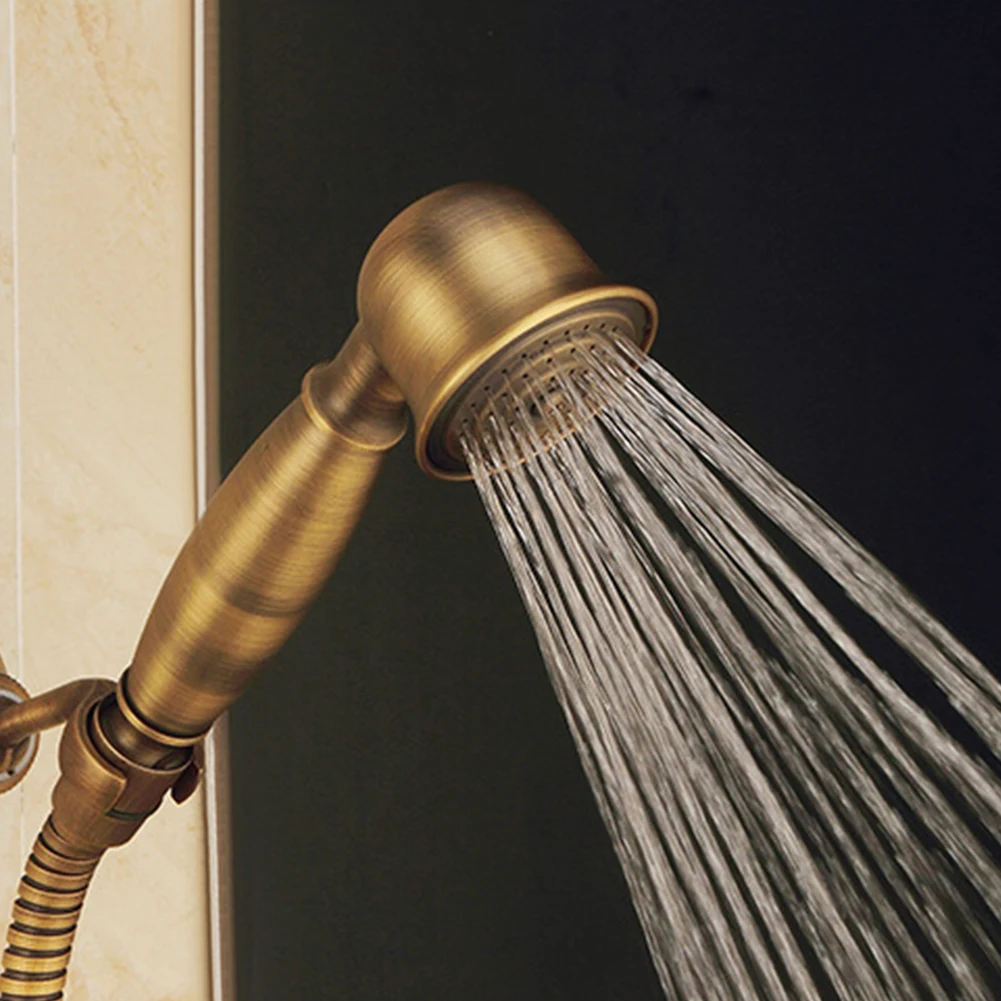Self-acting control valves ─The very crest in mechanical and plant engineering
gas solenoid valve
burkert solenoid valve
humidifier solenoid valve
sporlan solenoid valve
The various elements in industrial plants are matched to each other as closely as possible in terms of layout and function. Valves are important components that perform necessary regulating or control tasks. They can be controlled hydraulically, pneumatically or electrically, or they can operate self-actingly.
Self-acting control valves are also referred to as self-operated regulators (German abbreviation RoH). They act independently, i.e. pressure control valves use the existing line pressure as operating energy and level control valves use the fluid level for this purpose. They neither require an external energy source nor an actuator to function properly.

Proven operating principle for modern plants.
Self-acting valves have been operating on exactly this functional principle for more than a hundred years. Upon delivery, plant operators receive a ready-to-connect and immediately functional valve whose long service life and reliability ensure safe operation even in demanding applications.
It is a fact that plants are designed and maintained to operate reliably in as many situations as possible. Nevertheless, natural events such as earthquakes or floods can throw a spanner in the carefully calculated works if the power fails. Then the plants quickly reach their limits.
But not self-acting valves! Saving resources, they function perfectly and control reliably even in these special situations.
Pressure reduction? Pressure reducing valves or back pressure regulators can do.
A pressure reducing valve reduces a high, often fluctuating upstream pressure (p1) to an adjustable, constant downstream pressure (p2). It is spring-operated, i.e. a spring keeps the valve open. The reduced downstream pressure is in balance with the spring force. If the downstream pressure is higher than the spring force, the spring, stem and cone move upward and the valve closes. The valve therefore protects equipment, valves and installations that are arranged downstream from excessive pressure. At the same time, it reduces consumption and minimizes flow velocity and noise.
Back pressure regulators limit or build up an adjustable, constant pressure upstream of the valve. They therefore control the valve upstream pressure (p1). They are also spring-controlled, i.e. a spring keeps the valve closed. The set upstream pressure is in balance with the spring force. If the upstream pressure is higher than the spring force, the spring, stem and cone move and open the valve. Back pressure regulators protect upstream equipment and installations from excessively high or low pressure, e.g. as a pump protection valve.
